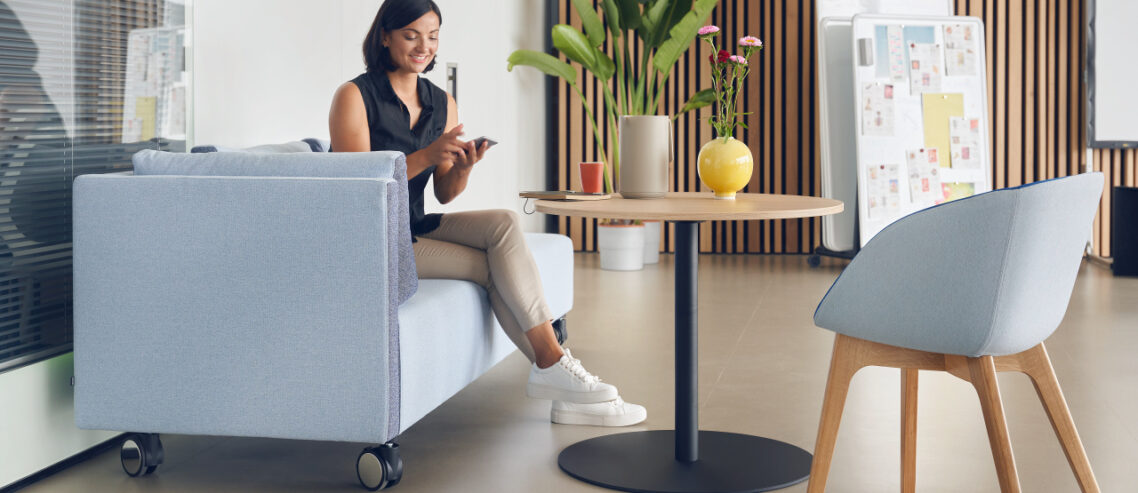The changing conversation about workplace wellbeing has gone full circle
It’s become something of a cliché to say that the pandemic sparked the largest ever experiment into remote working. Which is true … except for a couple of not-so-small things. One is that the workplace exists in a state of permanent beta. And quite right too. If it isn’t constantly adapting to changing circumstances, it eventually becomes a drag on the organisation.
The other is that the results of this experiment aren’t in, whatever some people may have you believe.
The proof of this last point comes when you consider how the conversation about remote working has evolved over just the past year. In the Spring of 2020, each day came with new claims about how working from home was a ‘new normal’ and the office was dead. Firms expressed surprise about how well Zoom and other technologies worked and about how people were just as productive at home. Those working from home were generally happy with their new circumstances, especially if they’d previously endured arduous commutes each day.
Over time though, the conversation shifted. Not everybody was happier or more productive working from home. Their mental and physical health began to deteriorate, especially as Winter arrived. Endless Zoom calls were exhausting. Days became amorphous to the extent people introduced fake commutes into their routines.
They missed their colleagues and even parts of the day they used to complain about. There were just as many distractions at home as there were in the offices, maybe more. People missed the ambient din of coffee shops and offices so much that they were offered them by newly developed apps and Youtube Channels like Coffivity and Sounds on the House.
Young people found it hard to start their careers and build networks. They were also less likely to work in surroundings conducive to remote work.
People realised they were not really doing the same job, except in a different place. Their roles had changed in a number of ways, some better than others.
Firms also became more aware of these and other issues. About their responsibilities to staff, protected by the same legislation but now dispersed. About how certain types of communication suffered. About how productivity measured by output encouraged presenteeism and overlooked the fact that knowledge work is both transactional and relational. About the difficulties of maintaining culture.
And yet not many wanted to return to how things were either. The workplace, wherever and whatever it was, would indeed change. So, the conversation settled on an idea now widely referred to as hybrid working but which is no different to the idea of flexible work, a subject that has been researched and discussed extensively and over a long period of time by Sedus and other workplace experts. There is no need to choose between home and an office, between the 9 to 5 and asynchronous work. We can choose when, where and how to work and with whom.
For those of us who have spent years pointing out the benefits of flexible working and an office that fits into a workplace ecosystem focussed on wellbeing, great user experiences and the pursuit of organisational goals that benefit everybody, this has often been frustrating. But by keeping a straight line through it and not getting too caught up in the initial hype from the first half of 2020, we have essentially travelled to where we already were, albeit a little wiser. This time, however, we have been joined by a lot more people. And that has to be a good thing.
The issues raised in this blog will be discussed in the upcoming new issue of Insights. Back copies of the Insights series are available here and please make sure you stay in touch to receive Issue 13 and all future issues.
